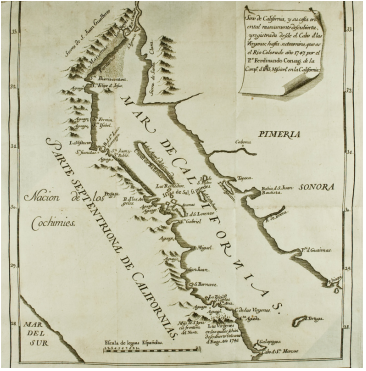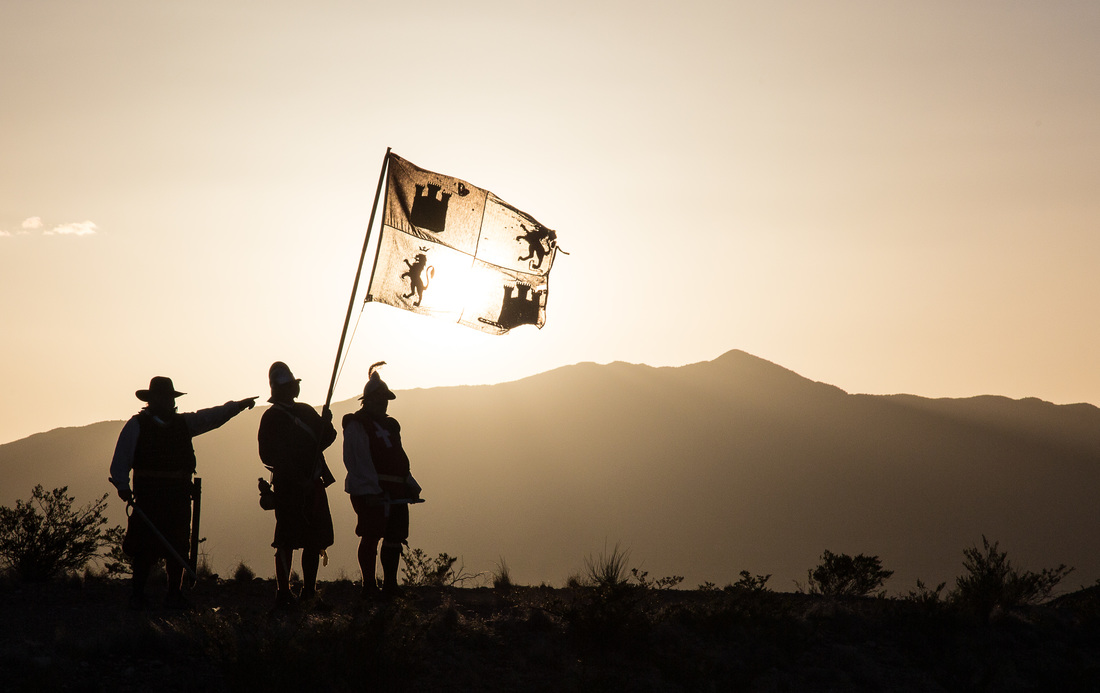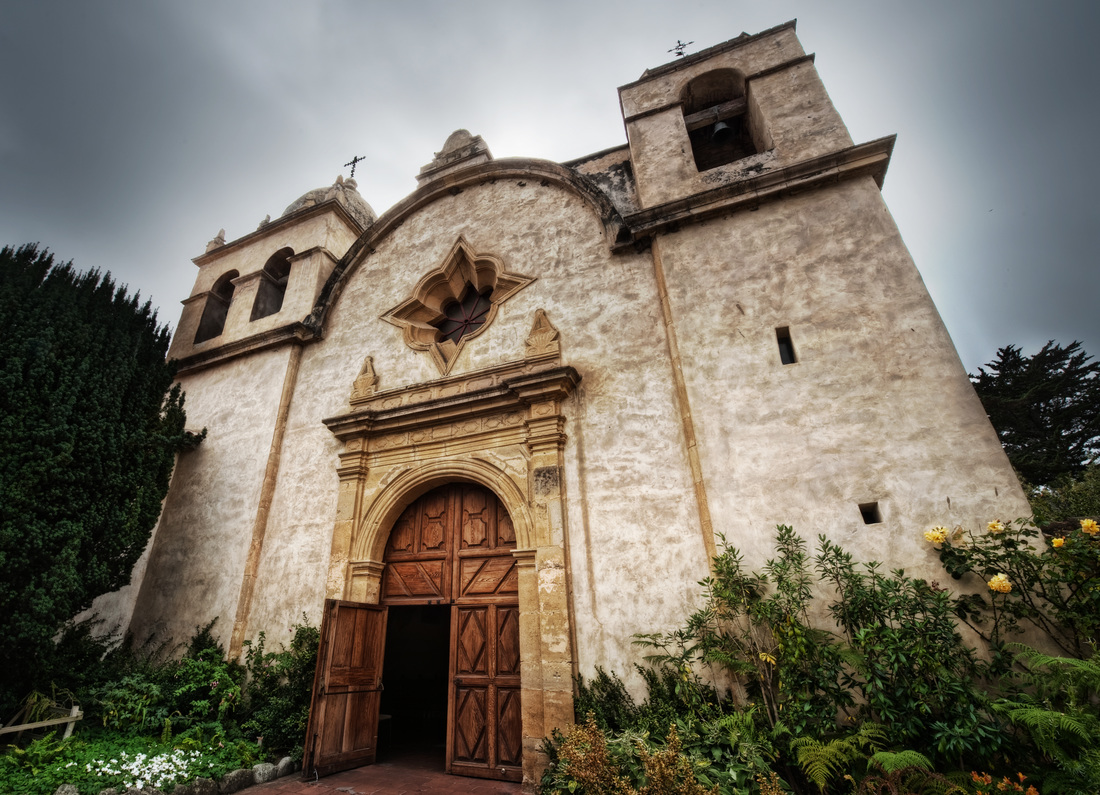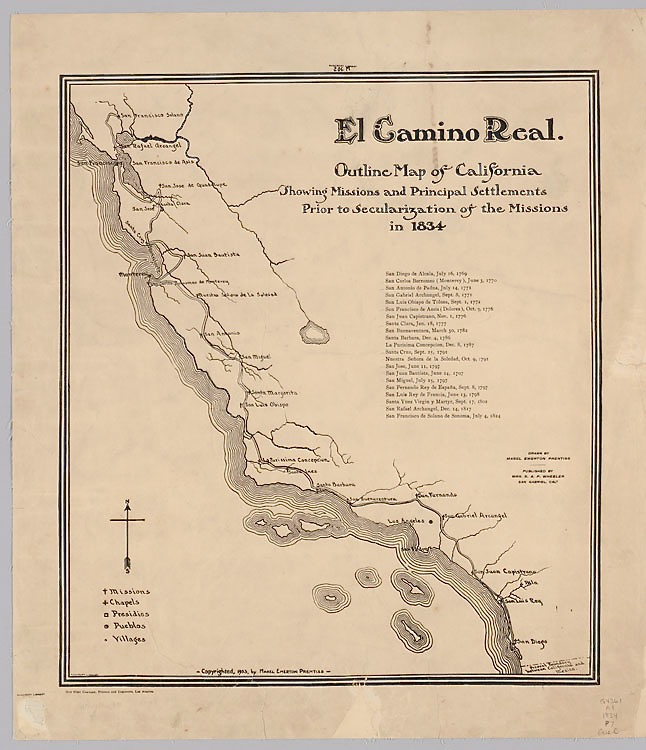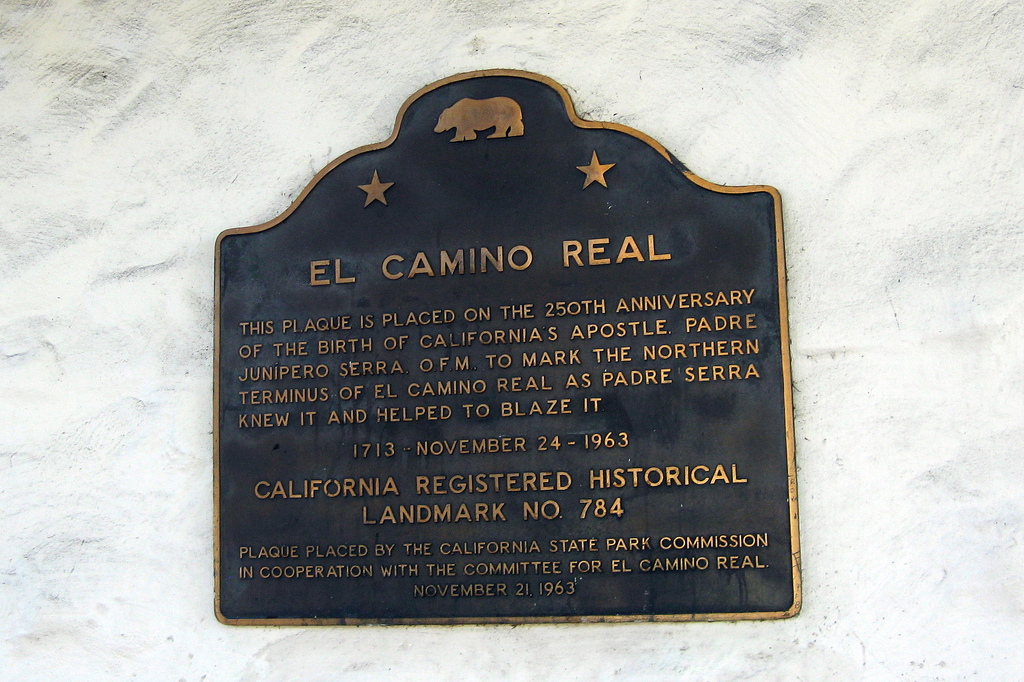|
El Camino Real - The Road of Kings
|
|
A Network of TrailsThe earliest network of caminos reales, which connected the governmental center of New Spain, in what we now call Mexico City, with Spanish outposts in New Spain and in today’s United States, was based on old trade routes used by Aztecs and other Indian groups. The main long-distance trail led north from the Central Valley of Mexico between the Sierra Madre Occidental and the Sierra Madre Oriental, the principal mountain ranges that run north and south through central Mexico. The trail led to settlements such as Paquimé, a small city (now called Casas Grandes) that existed until about 1300 in today’s Mexican state of Chihuahua, 150 miles southwest of El Paso.
After Hernán Cortés conquered Mexico for Spain in 1521, the quest for precious metals sent the Spanish north on the old Indian trail. In the 1540s, silver was discovered in Querétaro, Guanajuato, San Luis Potosí and Zacatecas. As the Spanish continued moving north in search of ever-richer mines, the silver hunters and the mines required the protection of soldiers, as did the communities that developed around the mines. Missionaries also followed the ancient trail in search of souls to win. The Spanish, led by Juan de Oñate, crossed the Rio Grande in 1598, moving through the El Paso area into what became New Mexico. In 1610, provincial governor Pedro de Peralta established Santa Fe as the capital. To connect Mexico City with the provincial capital, the Camino Real was extended from Zacatecas north through Durango, Allende, El Parral, Chihuahua and Juárez to El Paso, Albuquerque and Santa Fe. As was true of the earlier Camino Real that extended from Mexico City to Santa Fe, large portions of the early routes across Texas were based on Indian trails of apparent antiquity that suggest a complex network of aboriginal movement, interaction and trade. The trails included portions of Caddoan, Coahuilteco, Jumano and possibly Sanan routes of travel. |
|
